
Located in a large basin, surrounded by majestic rocky mountains like a Great Wall, Kin Chu Phin 2 village is where the Ha Nhi people have lived for many generations. Kin Chu Phin 2 is also the farthest village of the old Nam Pung commune, now Muong Hum commune. Here the mountains are majestic, the climate is cool, not unlike Sa Pa. On the mountain there are lush ancient forests, clear streams flowing from the old forest, full of water all year round.
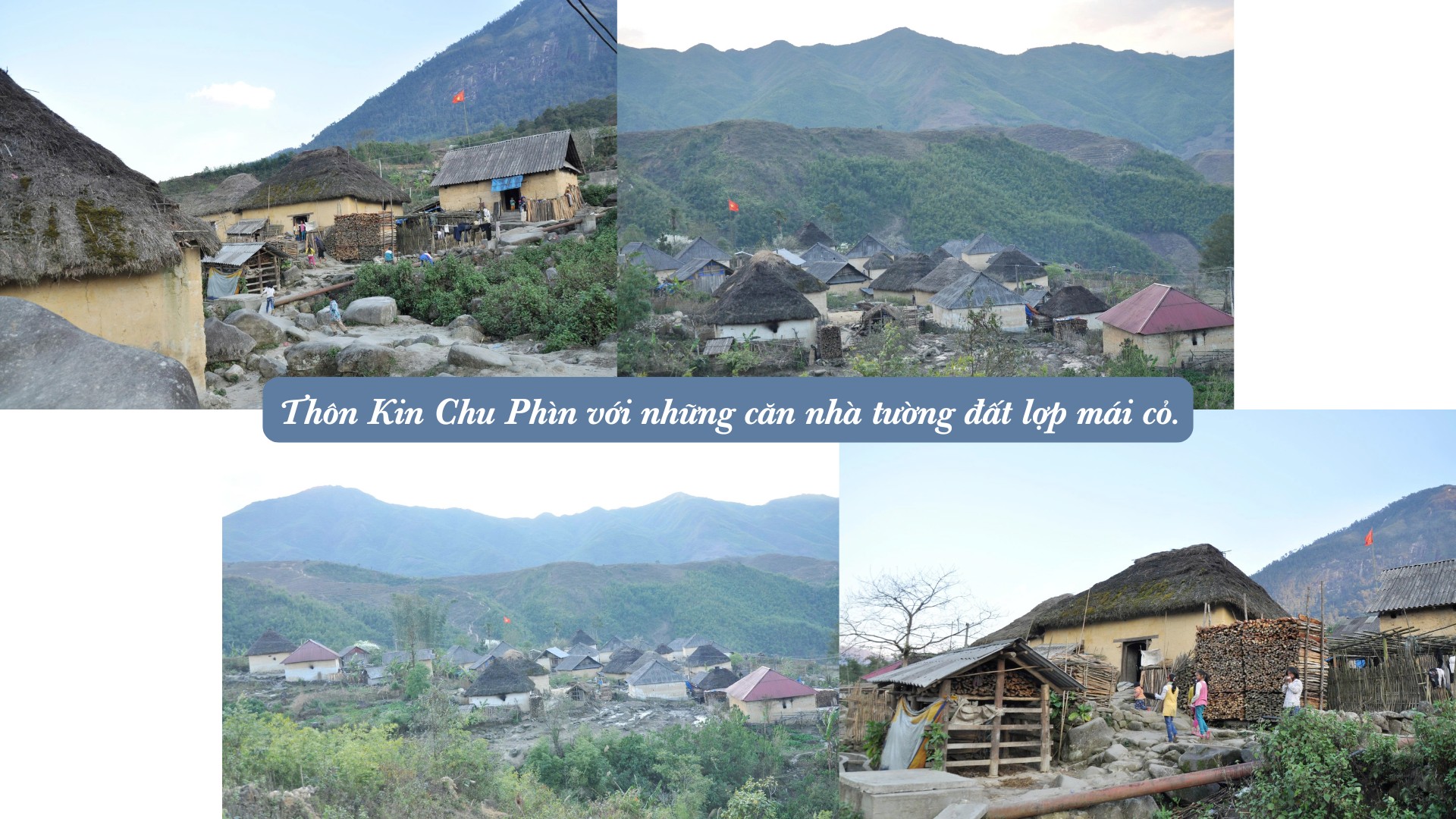
Sitting by the wooden door of a traditional earthen house, Mr. Chu Xe Gio - an elderly person in the village said: "I don't know how long the Ha Nhi people have lived in this land, but I was born and raised here, since I was young I saw my village with earthen houses lying close together like giant mushrooms". Since ancient times, when looking for a place to settle, the Ha Nhi people often chose land on high mountains, with a cool climate, surrounded by many ancient forests, cool streams, and spacious land to live. In the middle of the wild wilderness, the Ha Nhi people have a high sense of community, living side by side, going the same way, united and attached.
Hundreds of years ago, when settling in Kin Chu Phin 2, the Ha Nhi people built earthen houses with unique architecture. Each house is about 60 square meters to 80 square meters wide, square-shaped, with 4 roofs and 40 to 50 cm thick earthen walls. In particular, Ha Nhi houses often face the sunrise, have small main doors, small windows, and some houses only have smoke vents and no windows.
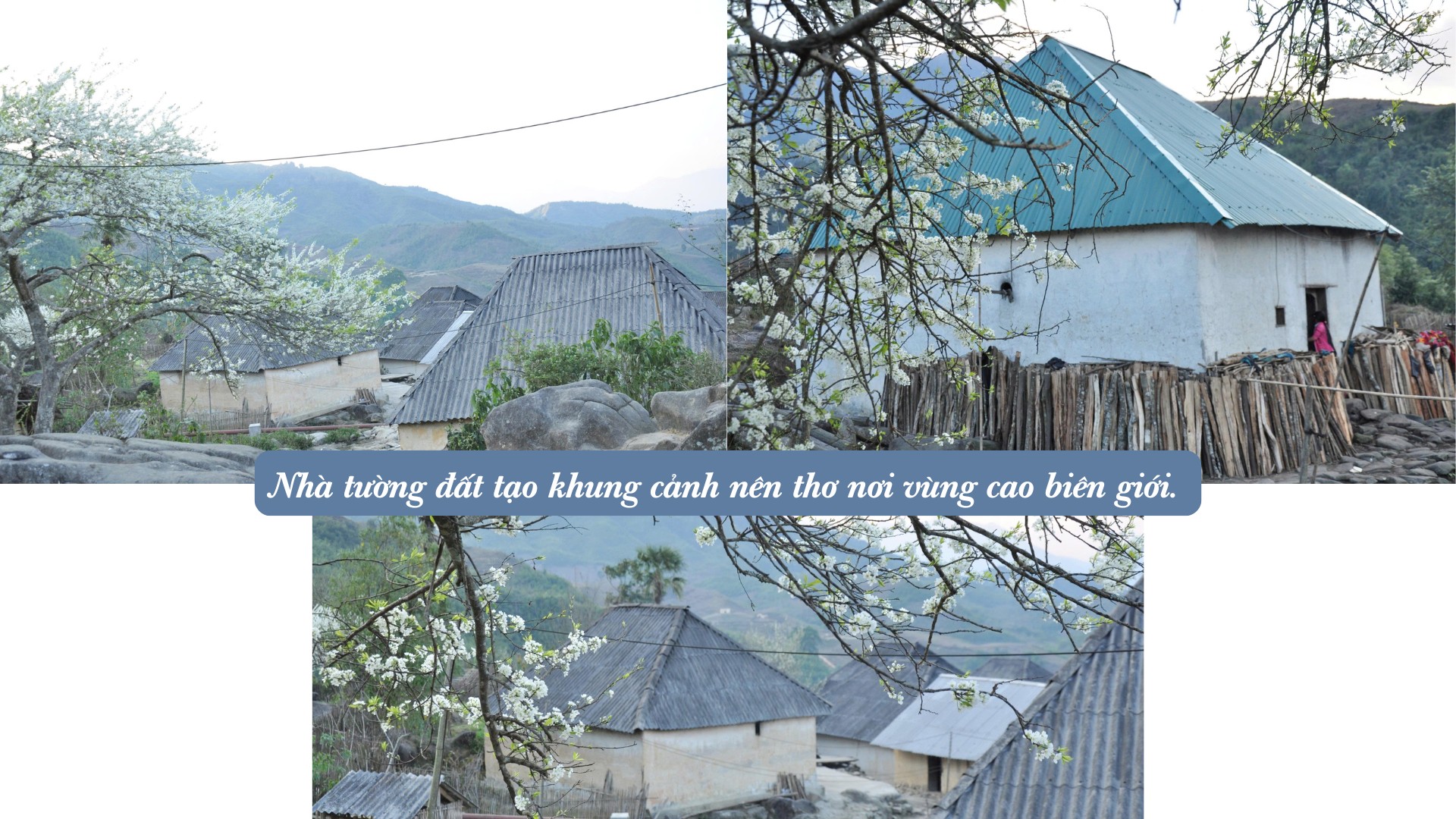
Mr. Ly Gi Mo - Chairman of the Fatherland Front Committee of Muong Hum commune said: "Coming to Muong Hum commune, just by looking at the typical earthen wall houses, you can know which is a Ha Nhi ethnic village. Currently, the Ha Nhi people in the commune still preserve over 120 earthen wall houses, accounting for over 90% of the total number of houses, mainly concentrated in Kin Chu Phin 2 village (about 90 houses), Kin Chu Phin 1 village (about 30 houses), Ta Chai village (14 houses). In the past, people often roofed their houses with cogon grass, but now they mainly roof them with cement sheets or corrugated iron."

When visiting the Ha Nhi village in Muong Hum, many tourists always ask why the Ha Nhi houses have thick earthen walls and do not have large windows for ventilation? Why do people not build 2-roof houses like some other ethnic groups but instead build 4-roof houses that look like mushrooms?
Answering these questions, Mr. Ly A Vu - a prestigious person in Kin Chu Phin 1 village shared: "Compared to other ethnic groups, the Ha Nhi people often live in high terrain, in the winter the climate is harsh, sometimes several months are covered in fog and cold. Therefore, people make thick earthen walls, roof 4 roofs, helping the house not to be blown in by the wind, in the winter the house is very warm, and in the summer it is cool like in a cave". History records that in ancient times, earthen houses like solid fortresses helped the Ha Nhi people hide safely, fight against hostile forces and fight against wild animals.
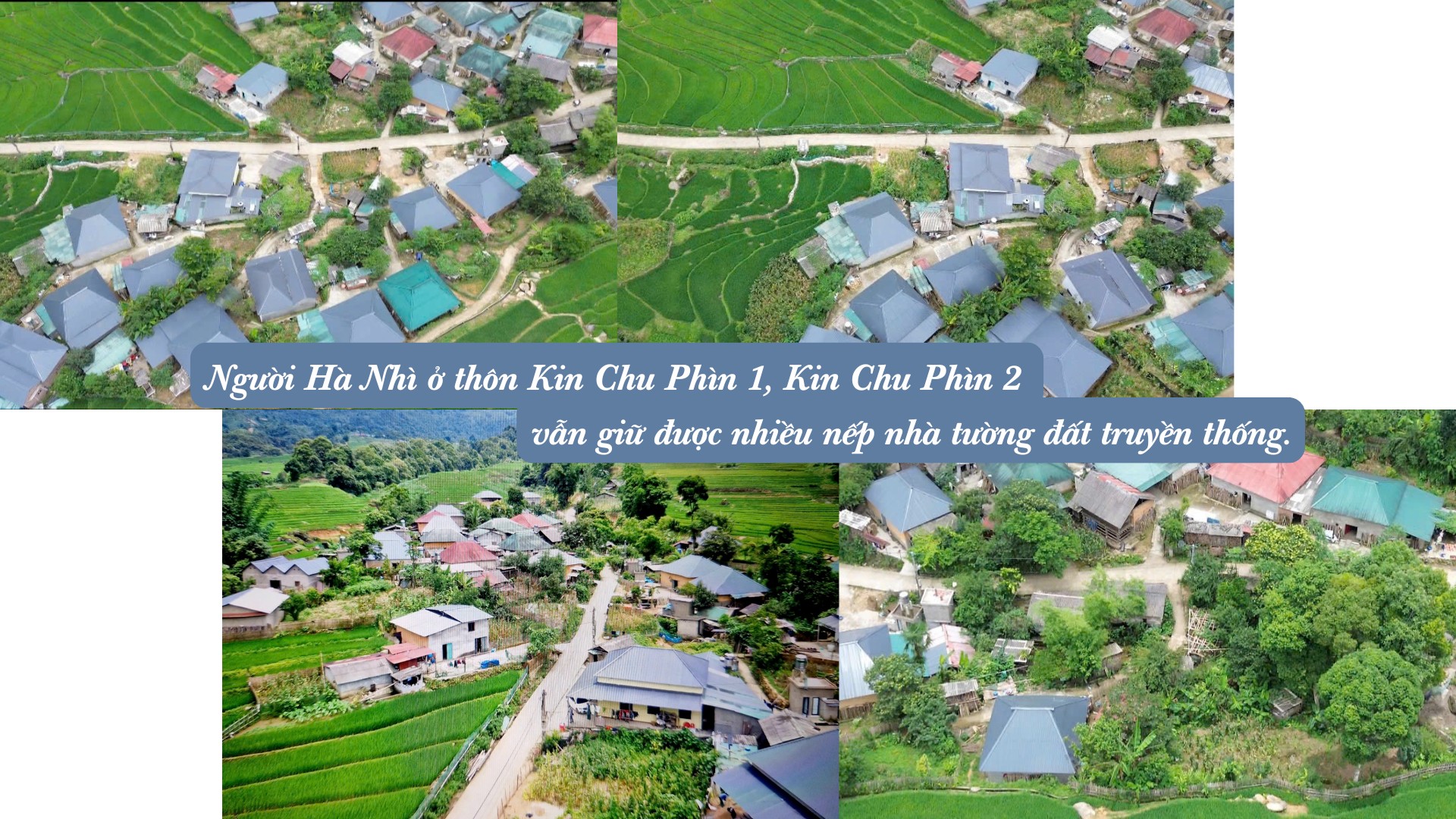
If you have the opportunity to go to Kin Chu Phin from September to December of the lunar calendar, you will experience watching the Ha Nhi people build their house walls. This is the dry season, people have finished harvesting corn and rice in the fields, so they have more time to help each other build new houses to welcome the Lunar New Year. The season of building new houses is as crowded and bustling as the new rice season.
To make thick, solid walls, people dig the foundation and arrange the house foundation with stones, then place wooden molds on top, take soil and pour it into the molds, then use a pestle to pound the layers of soil to compact them tightly. However, you must choose yellow or red loam soil so that the wall is strong and does not crack. When building the wall, experienced people often add stones and bamboo pieces into the wall to make the wall strong and connect the corners together.
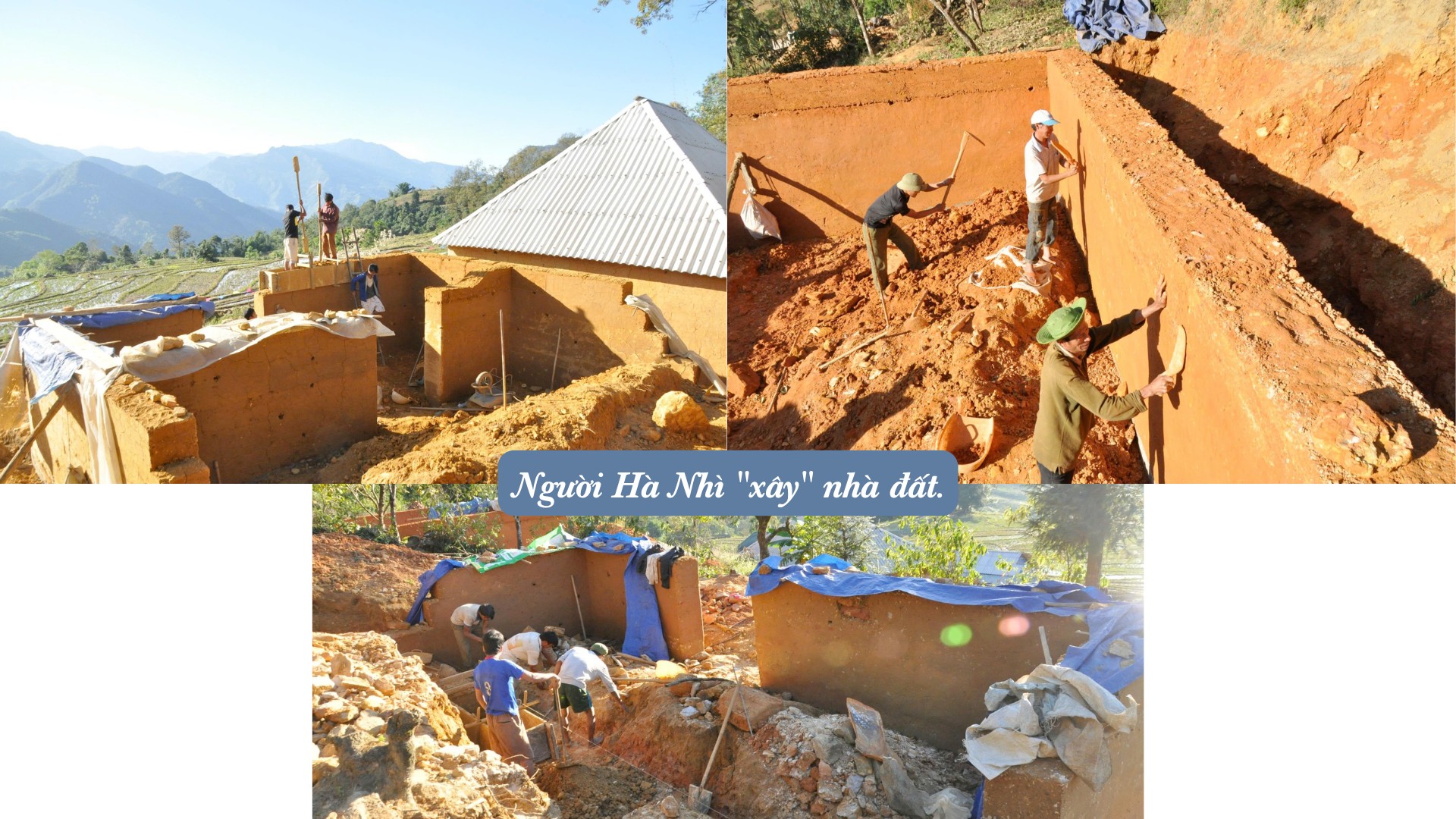
It takes a long time to complete a mud house, sometimes several months because you have to wait for the layer of mud wall to dry before you can apply another layer. If you rush, the outside will dry but the inside will still be damp, which will easily cause cracks in the wall and eventually collapse.
Building a house with mud walls does not cost much in terms of materials, but it requires a lot of effort. Every Ha Nhi family, no matter how busy they are, still arranges their work to help each other build their house. Therefore, the Ha Nhi's mud-walled house is a testament to the spirit of solidarity and cohesion of the whole community.

This time in Muong Hum commune, I had the opportunity to visit Mr. Ly A Vu's family. Although it was foggy and freezing cold outside, entering the earthen house felt extremely warm. The warmth emanating from the red fire was retained by the earthen walls up to 2 handspans thick. Just looking at the house walls and stairs, the pillars were black with smoke, one could guess that the house had been there for decades.
By the red fire, Mr. Ly A Vu said: Not only my family, in the village there are many earthen wall houses that are "old" from 50 to 60 years. The elderly who passed away left their life's property, earthen wall houses, to their children and grandchildren. For the Ha Nhi people, earthen wall houses are not only a place to live, but also a place to worship ancestors and gods, a place to preserve customs and national cultural identity from generation to generation.
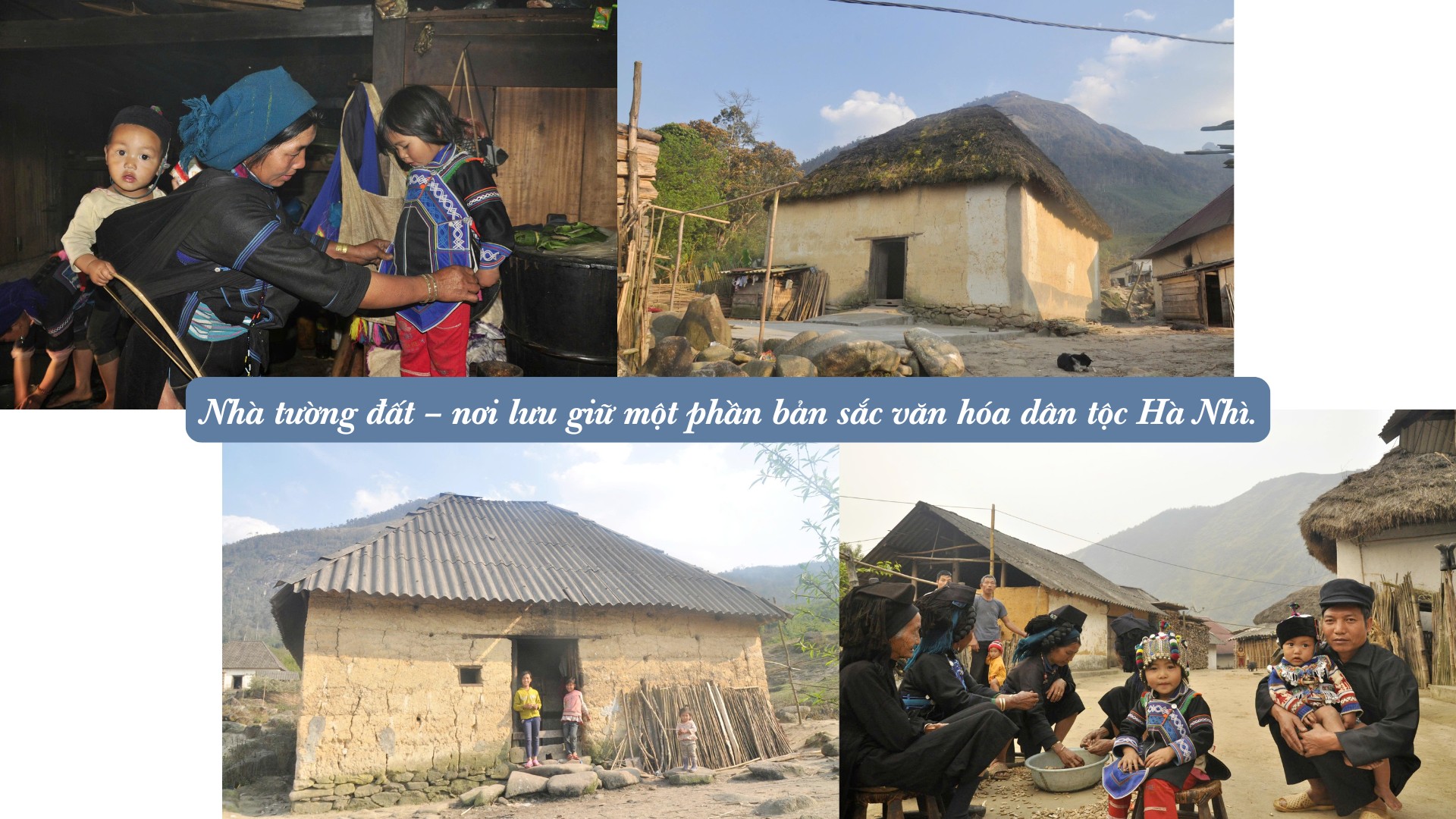
The space of the Ha Nhi people's earthen wall house is divided into two parts, the outer room is for receiving guests, and the inner room is for family activities. Pointing to the stone placed next to the blazing fire, Mr. Vu said: "This is the stone to worship the Fire God of the Ha Nhi people. According to ancient customs, every family has a stone like this placed next to the fire. This stove is only for cooking and boiling water, while cooking pig feed must be done in a separate stove. In the right corner of the house near the fire is the ancestral altar. To the left of the stove is a bed for the elderly to lie on to keep them warm."
In the past two years, the State has had a program to support poor and near-poor households with housing difficulties to build solid houses. In many places, people have replaced traditional houses with modern houses, but in Muong Hum, the Ha Nhi people still keep their traditional earthen wall houses; some households add a layer of cement to the earthen walls or cover them with new corrugated iron roofs for a more spacious look.
The earthen houses make up the unique identity of the Ha Nhi people and create a unique cultural space for Muong Hum commune. Each Ha Nhi village, though simple and rustic, is peaceful and beautiful like in a fairy tale, attracting tourists to visit and experience. Despite modern life, the Ha Nhi people still maintain the traditional house architecture left by their ancestors, a place to preserve long-standing cultural values, where every Ha Nhi person, no matter where they go, still remembers the warm earthen house by the red fire.
Performed by: Khanh Ly
Source: https://baolaocai.vn/nguoi-ha-nhi-giu-nep-nha-truyen-thong-post885007.html



![[Photo] Prime Minister Pham Minh Chinh chairs meeting on nuclear power plant construction](https://vphoto.vietnam.vn/thumb/1200x675/vietnam/resource/IMAGE/2025/10/22/1761137852450_dsc-9299-jpg.webp)

![[Photo] Award Ceremony of the Political Contest on Protecting the Party's Ideological Foundation](https://vphoto.vietnam.vn/thumb/1200x675/vietnam/resource/IMAGE/2025/10/22/1761151665557_giaia-jpg.webp)

![[Photo] Da Nang: Shock forces protect people's lives and property from natural disasters](https://vphoto.vietnam.vn/thumb/1200x675/vietnam/resource/IMAGE/2025/10/22/1761145662726_ndo_tr_z7144555003331-7912dd3d47479764c3df11043a705f22-3095-jpg.webp)




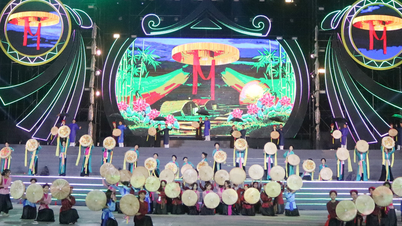








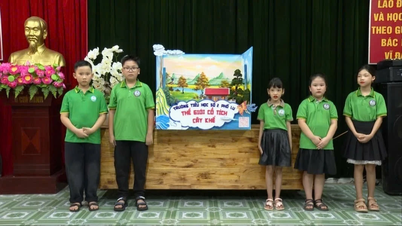
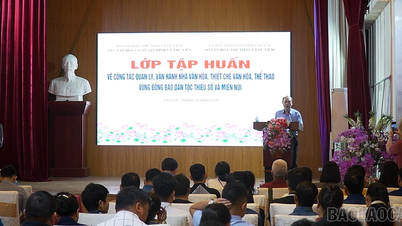


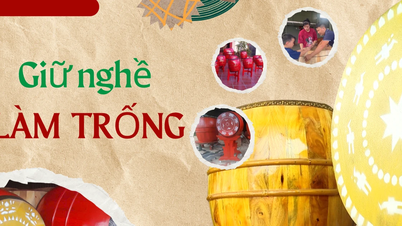








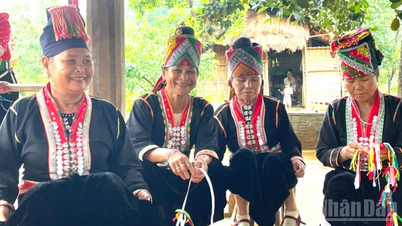








































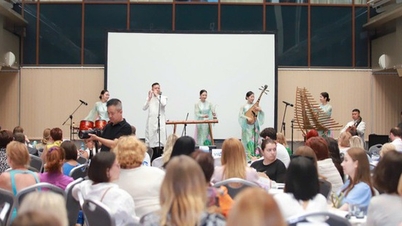













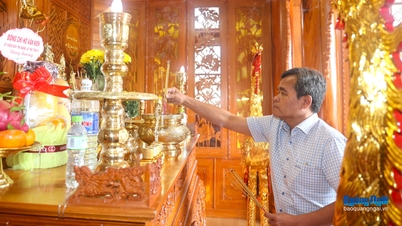














Comment (0)